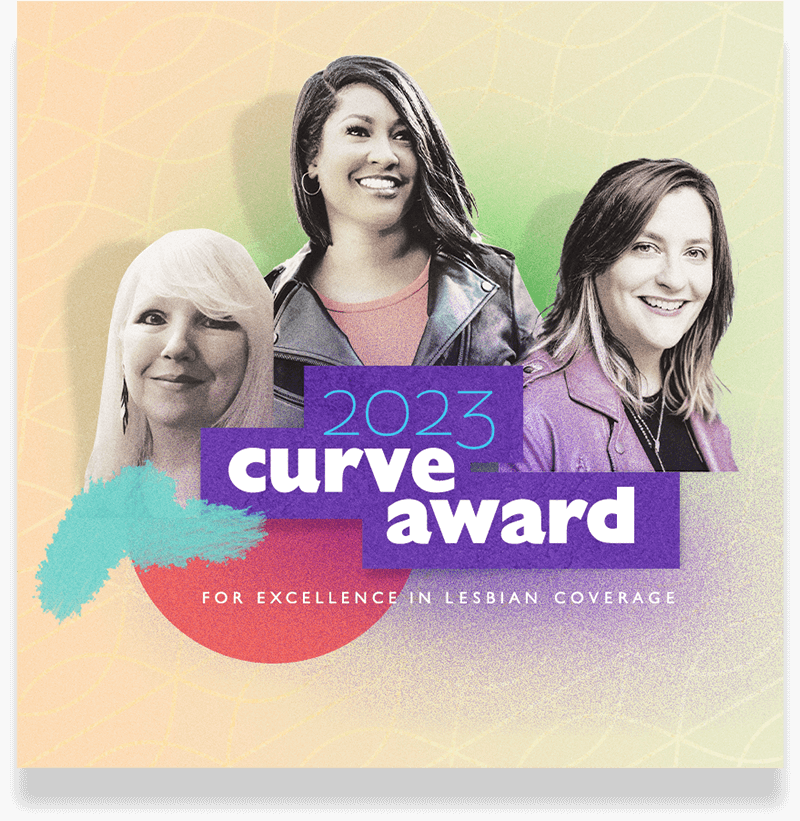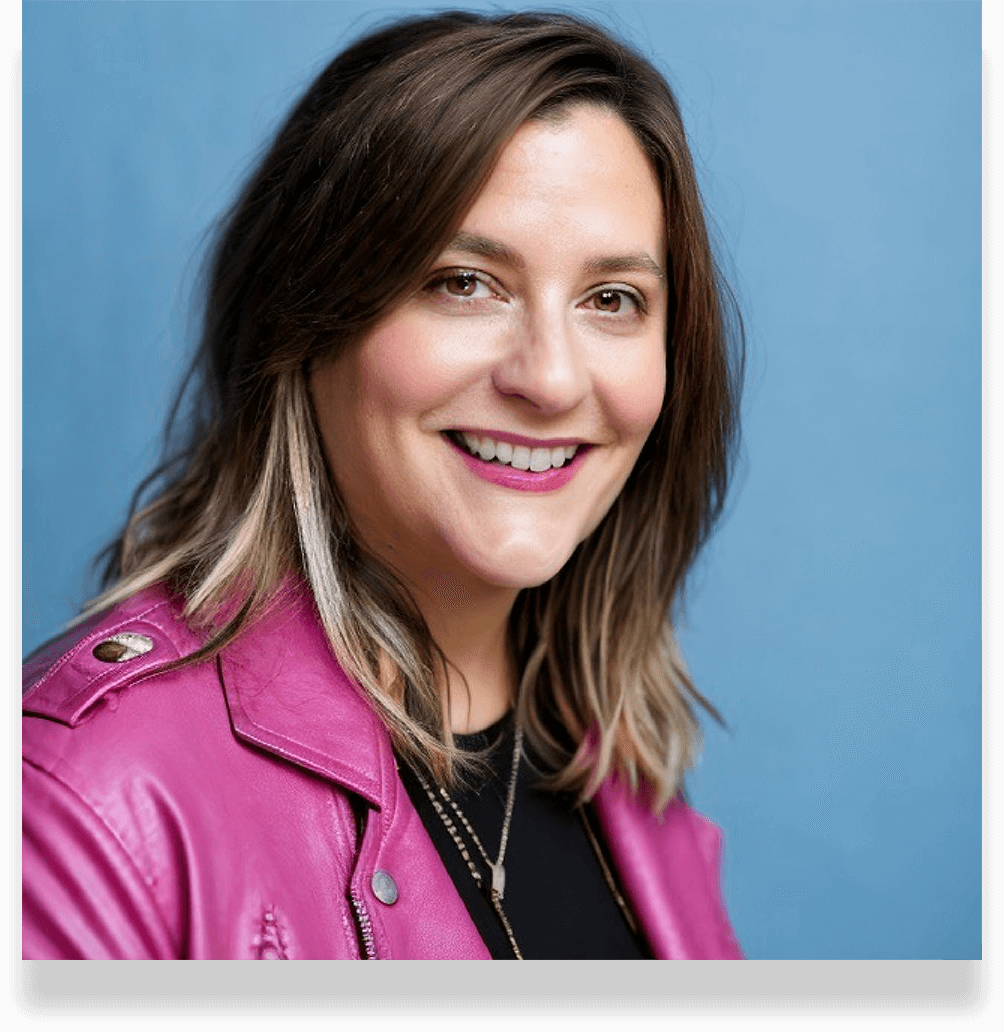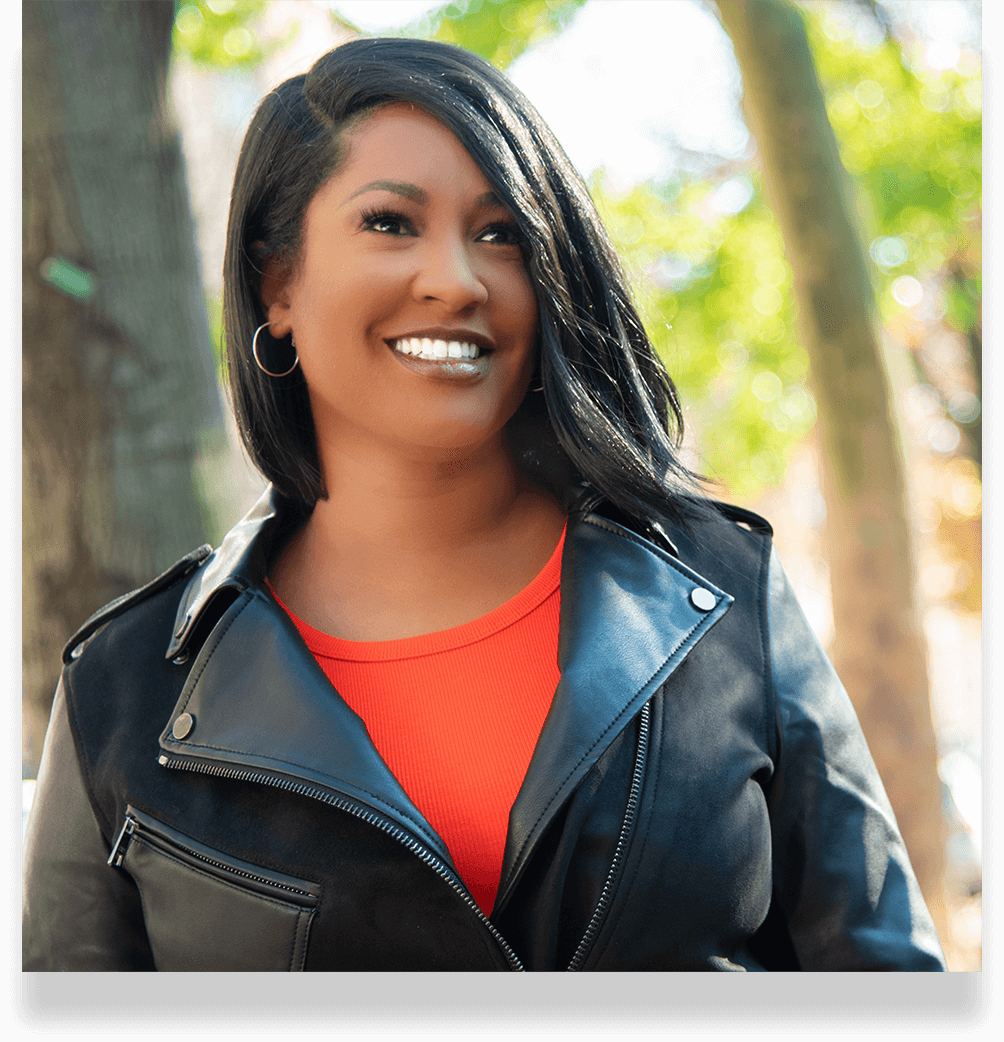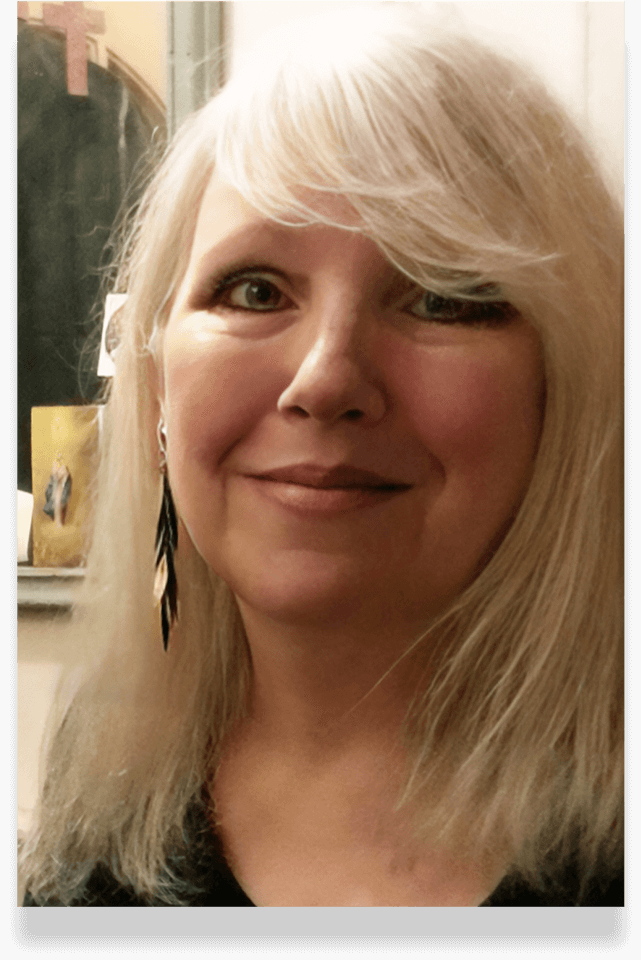Curve Archive and Outreach Manager Julia Rosenzweig gives us a preview of a new digital exhibit on The Curve Foundation’s archive.

This year’s winners of the Curve Award for Excellence in Lesbian Coverage (CELC) are featured in an evergreen digital exhibit on the Curve Foundation’s archive site. At this exhibit you can: listen to oral history interviews outlining the winners’ expansive careers as news anchors, journalists, podcasters, moderators, and writers; read or watch samples of their work; and learn about the impact that Curve magazine has had on them as lesbian professionals in media.
A wonderful part of creating this showcase of excellence in queer coverage was the answer to the interview question “what does it mean to you to be recognized for your achievements by receiving the CELC?” Each winner turned the achievement they had been recognized for back onto Curve magazine. It turns out that an honorary winner of the Curve Award for Excellence in Lesbian Coverage is Curve magazine, itself.
Each awardee spoke about the impact that Curve magazine has had on them both personally and professionally, expressing how pivotal the magazine was in realizing that it is possible to speak to queerness in the mainstream. That your identity can be validated by seeing people like yourself reflected in the media. An extension of this sentiment is the portion of the exhibit where folks reflect on an article in Curve magazine that was particularly impactful to them.

Dana Piccoli, editor at the national queer media collaborative News is Out, chose “Saving Us From Sin,” from Curve magazine Vol.07 No.05, November 1997 by Shannon Turner and Surina Khan. The article is an exposé about the ex-gay movement of the late 1990’s, when groups like Exodus International wormed their way into college campuses and churches and harassed young LGBTQ+ folks to “pray the gay away.” It features women who have been approached, harassed, and clearly traumatized by the group’s insidious attempts to pressure them into heterosexuality. Dana recalls being in college during this same period and attending a talk from an “ex-gay” who was visibly nervous, uncomfortable, and ill-equipped to answer questions from an audience of happily out queer folks. Even though Dana was there to protest, she still thinks about this woman today with empathy, wondering where she is and if she ever learned to love herself. The last sentence of her reflection piece brings home the importance of the article:
“As painful as it was, this ex-gay movement happened and along its way to an inevitable conclusion, a generation of queer people were subjected to the fallacy that they could ‘pray the gay away.’ The damage was done. The damage is still being done. Curve dared to have the courage to tackle this in 1997 when we weren’t connected like we are now. I can’t help but wonder how many people were spared the harm of Exodus and other organizations like it thanks to this exposé,” says Dana.

Femi Redwood, who has anchored for Vice News and CBS, among many other places, is considering the article “Sheryl Swoopes Exclusive” by Malinda Lo from Curve magazine Vol.16 No.08 October 2006 for her reflection piece. The article profiles the WNBA star’s life one year after publicly coming out. She was the first active WNBA player, as well as the first Black female professional athlete, to do so. The impact on her happiness and mental health was apparent in the article, and she expressed that the experience was overall wonderful. Femi told me in her interview that Curve articles like this validated visibility, the joy in it, and that it was inspiring for her as a young professional.
“Fifteen years ago [visibility] wasn’t a thing. There was a part of Curve magazine, the “scene” part — they used to do photos of the ‘scene,’ like who’s here, who’s there… I remember looking at those photos and just being like, I can’t wait until that’s me. And it wasn’t the fact of, ‘I want to be so popular that someone’s taking a photo,’; it was because when I looked at these women in this magazine, they were presumably living their lives professionally but also out and about. They lived this fully visible life as well as this fully joyful life. I looked at that knowing: one day that is going to be me,” says Femi.
“When you are especially of a marginalized background and you are doing something that hasn’t been done, you need those little pieces of motivation to help you along your journey. And that’s what the ‘scene’ photos were for me,” she says.

Victoria Brownworth is in quite a different position to reflect on Curve magazine than her fellow CELC awardees. This is because she has written for all 30 years of Curve’s existence. Since she has this singular, first-hand perspective of the magazine’s legacy, her reflection piece will be more a retrospective of her work, the magazine, and its impact as a whole on the lesbian community. If you would like a taste of the first two-thirds of Victoria’s tenure at Curve, I suggest you read her reflection piece titled “Hearing the Lesbian Voice” on page 32 of Curve magazine Vol.19 No.04 May 2009.
“When I was a young lesbian there was no lesbian press…where lesbians could hear the panoply and diversity of their own voices. Curve gave us that,” says Victoria.
Visit the Curve Award for Excellence in Lesbian Coverage digital exhibit to learn more about the winners of this award!